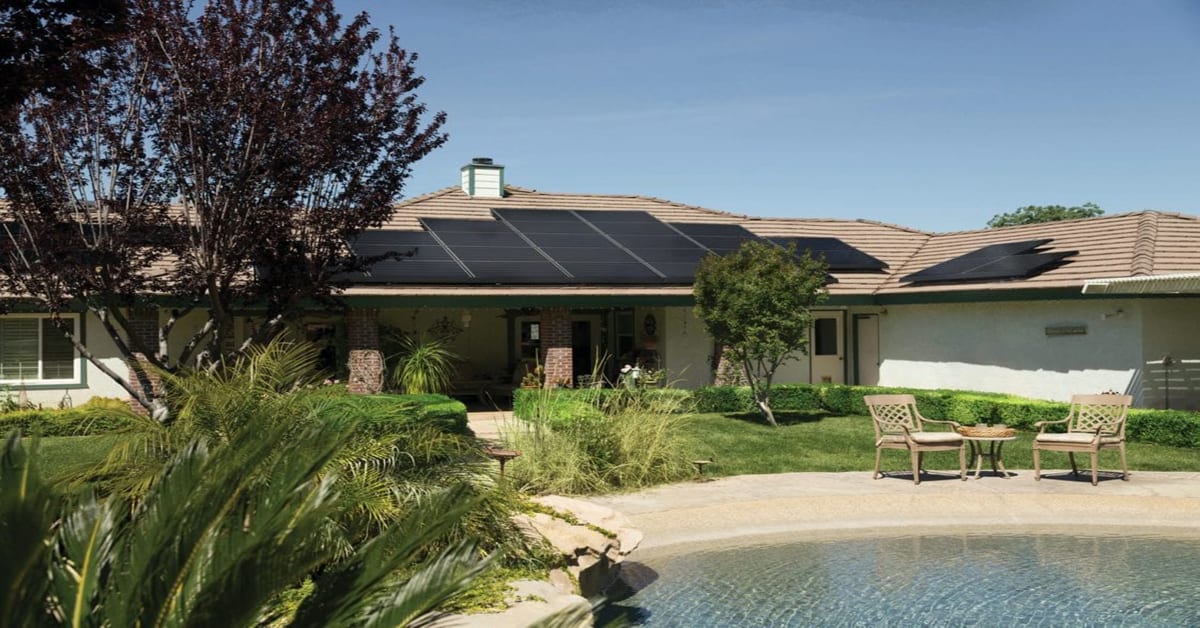Some of us hear the phrase eco-friendly and think a total life change is required in order for us to say we “walk the walk,”. But there are easy, simple and gradual ways for you to transition to an eco-friendly home.
With the need of protecting the environment becoming more prominent in public awareness, there are more ways to improve the carbon footprint of your home without having to start from scratch or scrape to the bottom of your savings.
We at the Zero Waste Lifestyle System offer you this guide with the simple actionable tips for you to go green at home. These are all things you can practice to start your zero waste journey.
Soon, you will find incorporating eco-friendly aspects to your home gives unexpected living, health, and home protector plus benefits.
Why Transition To An Eco-Friendly Home?
Photo by Lauris Rozentāls from Pexels
Take a breath because the goal here isn’t to become the new Captain Planet. It’s simply to get more people to realize that having an eco-friendly home doesn’t mean having to sacrifice style, budget, or your comfort.
We may not all do everything we’re supposed to when it comes to helping preserve the earth, but doing what we can where we can does go further than we think. Making eco-friendly changes within your home will bring benefits to your health, budget, the longevity of your home, and your home’s overall style.
Your Health
It’s always a nice sentiment to think of others, but what about us? You cannot pour into your family, friends, career, or even your pets from an empty cup, so we should be absorbing all of the health benefits we can from anywhere we can find it.
Your home is for recharging and relaxing, and you might feel like your bed is the comfiest bed in the world. However, you should also be thinking the same of your air quality.
Sadly, changing your air filters and using a Himalayan salt lamp isn’t enough to purify the air from the harmful elements that could be radiating into your home through what makes up your walls and insolation. Watching what we eat is hard enough, and sometimes just breathing at home can cause cancer, migraines, and breathing difficulties.
If you’ve ever walked into a space and felt as if the air was thicker, your mind wasn’t playing tricks on you — it probably actually was.
Cost-Efficiency
Thinking of environmentally friendly things are great, but what does thought and time matter when you just don’t have the money? Luckily for us, whether we’re starting from scratch, or just making a few changes, replacing old materials or appliances with environmentally friendly options isn’t expensive like most people think.
In fact, making the transition to some of these eco-friendly materials might even help save you money by cutting the monthly costs and rates for home insurance.
Longevity of Your Home
A great reason to make the switch is that the materials used in eco-friendly homes last longer and require less maintenance. Structural features like concrete, tile, or poor quality installations can require lots of maintenance and often are the first features to become dated.
Wasting time and money to fix and cover these things up isn’t worth the hassle when natural elements will not only do a better job but also look better for longer.
Steps to an Eco-Friendly Home
With so many products claiming to be eco-friendly, it’s hard to tell which ones actually are true to their advertisements. Though you might not be ready to rip open your walls to verify the material, there are still plenty of options, big to small, you can make indoors to reduce your carbon footprint.
Make Small Changes
Be daring and challenge yourself with the plastic-free challenge. But if you’re looking for a less drastic option, you can start by trying more eco-friendly cleaning products, different soaps, and adding plants.
A few great cleaning product brands to try and probably ones you’ve seen in your local market are:
- Method
- Seventh Generation
- Ecos
- Mrs. Meyer’s
- Better Life
- Veles
- JR Watkins
All of these brands offer a range of products that are better in quality than non-natural cleaners. Making the brand switch benefits your whole household by not adding chemicals to the air you breath or to the surfaces where you eat and play, and they are less harmful to the environment once you wash them away.
Another great way to be more eco-friendly within your household is by adding plants to your decor and functionality of your house. Growing an indoor garden is a great way to add something aesthetically pleasing and useful to your home. Plants are natural filters for your air, and they even trick your body into breathing deeper when they’re around.
The beautiful thing about plants is that you can make them fit into any design you envision for the overall tone of your home. You can make them useful and grow plants or herbs or place them as an accent to any room.
Even if your thumb isn’t green there are plants out there that give you lots of benefits with only the minimum TLC.
Commit to Big Changes
Since you’re already home, it’s time to go big. How dated are your current appliance, or even your house itself? It might be time for an interior facelift. We all have those things in our place we think of changing, and making a home more environmentally friendly is a wonderful reason to make the changes.
Appliances are a great place to start when looking to revamp your home to help the environment. Our appliances take up the majority of energy use in our homes, and since the 90’s, appliance brands have worked hard to find ways to reduce the amount of energy waste of their appliances.
The top eco-friendly appliances in 2020 are:
- The GE GNE27JSMSS Refrigerator (ranges from $880 – $2800)
- Samsung 25.5 Cu. & Samsung RT21M6213SG Refrigerators (ranges from $750 – $2300)
- Fisher & Paykel EcoSmart Washer (ranges from $760 -$1100)
- Asko DBI663I 30 Series Dishwasher (ranges from $800-$1500)
Reliable appliances will help you live a more eco friendly lifestyle by simply doing what you already do, but those aren’t the only places where you can make changes. The actual building materials used to make your home can make a huge difference in impacting the environment.
If you’re thinking of changing any structural elements of your home but don’t quite have the ability of creating a completely green roof or installing solar panels, your floors and walls are as good as any other place to make a difference.
The best floor options are:
- Corkwood
- Bambo
- Stone
- Hardwood
The best structural options are:
- Stone
- Steel
- Recycled brick materials
All of these materials are easy to find at any local hardware store, and most companies can order these eco friendly options per a request.
Conclusion
An eco-friendly home is one of the best gifts you can offer to yourself and Mother Nature. Not only will you reap a lot of savings, you also lessen pollution and wastefulness in your life.
With all the waste pollution around us and other environmental issues, it is high time for us to make lifestyle changes. Having an eco-friendly home is a must so that we can have a better future ahead of us. It is not only for us, but for future generations as well. To go zero waste is your responsibility to all beings on Earth.





One Comment
Leave a ReplyOne Ping
Pingback:No Grass? No Problem: 9 Eco-friendly Lawn Alternatives - Zero Waste Lifestyle System